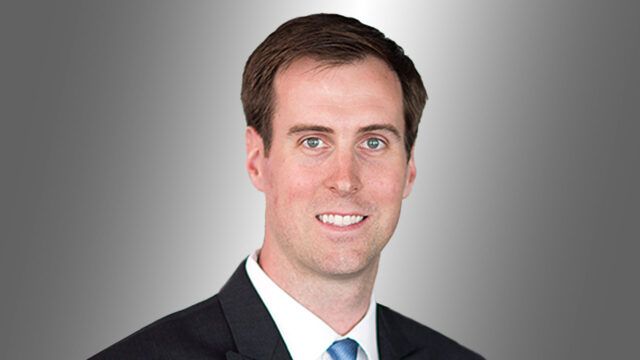Bonds are back and many investors are taking the chance to lock in higher yields before central banks start cutting rates in the face of immaculate disinflation.
However, some market participants are hesitant to take additional risk in high-yield credit over concerns that the market is vulnerable to refinancing risk with an impending maturity wall.
Indeed, roughly a quarter of the global high-yield bond market needs to be refinanced at some point within the next few years at potentially much higher interest rates.
This is causing anxiety that some issuers may not be able to afford the higher rates – especially if the economy starts to show signs of slowing down.
But these fears are largely overblown, according to Adam Schauer, a portfolio manager at Barings, who argues that the refinancing requirements of high-yield issuers is actually an opportunity.
“We have been aware of the maturity wall since the financial crisis,” he told FSA in an interview. “There has always a been a maturity wall. People just assume near-term maturities at higher rates means bad things are going to happen.”
However, he argues that there is a unique pull to par opportunity which will be accretive for high-yield investors when companies do eventually refinance their maturities.
Pull to par
Typically, when an economy is healthy and running smoothly, bond prices remain elevated and above par value, meaning that refinancing of maturities turns into a headwind from an investor’s total return perspective.
This is because if a bond priced at a premium and gets refinanced at par value, technically speaking, an investor would have lost the value of the premium.
Although this is of course factored into yield calculations when portfolio managers invest into the asset class, because rates are currently so high and bond prices are as a result depressed, what was once a headwind could now prove to be a boost to returns.
Schauer said: “In high yield if a company can’t pay its maturities in advance – and typically it’s 12 months in advance – then there’s a concern.”
However, in reality he said companies are savvy in most cases and will do their best to take care of their maturities well in advance of that maturity date. This is where the opportunity for accretive pull to par is.
Schauer explained: “The concept here is all those prices that still remain sub par because of rates – not because of credit stress – will get pulled to par and be accretive to the total return opportunity.”
“Yield to the 12 months outside of the maturity date is how you should be thinking about analysing it. When you do that, the math is accretive. Not only are you getting the coupon but you’re getting that pull to par.”
Longer term implications
Additionally, if companies do refinance at higher rates, it will be additive to a certain degree for high-yield investors in the longer term “because all of a sudden 6% turns into 8%” Schauer said.
He added: “Why do investors invest in high yield? They want high current income. So they are kind of getting two opportunities with what should be one risk: pull to par and higher coupons, all assuming the fundamentals are healthy.”
“We’re not seeing any cracks in the foundation here that could broadly speaking wreak havoc on the entire market,” he said.
This opportunity is unique to the high-yield market because corporations in the high-yield debt market don’t have the benefit of being able to hold a bond to maturity without being penalised.
Schauer said: “Investment grade gets that luxury – they can they do bulk maturities, they can pay off on the very last day that it’s mature and there’s no penalty, because that’s just the nature of the market.”

















